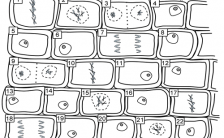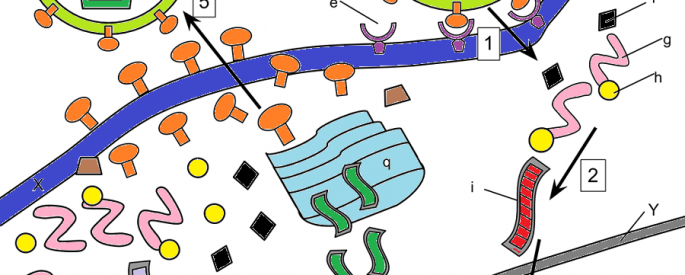Search results for: “24”
-

Investigation: Temperature and Fish Respiration Rate
Students investigate what happens to the respiration rate of a fish as the temperature is decreased. Analyze data and create a graph.
-

Stickleback Fish – An Evolution Story
Students to examine two lakes and compare the types of fish in each. They learn how lakes form, and why spines may be an advantage for some populations.
-
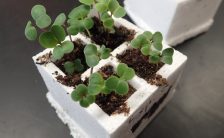
AP Biology – Investigation on Genetics with Plants
A modified AP Lab where students learn to grow plants from a seed, cross pollinate plants and conduct an inquiry investigation about plant genetics.
-

Frog Dissection Resources for High School Biology
This student guide (dissection manual) walks students through the frog dissection. Each step has a check box to help students focus and stay on track. Detailed descriptions of structures will help students locate organs with minimal help from the instructor.
-
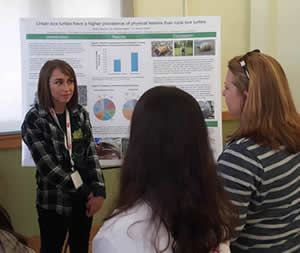
High School Students Doing Field Biology
If you are fortunate enough to teach near a university, there is a very good chance that programs at the college are in place to help high school teachers. For years, I have been able to borrow equipment from Southern Illinois University and Washington University to alleviate the costs of buying the equipment for…
-

Your Inner Fish – Video from HHMI
At the NSTA Conference in Chicago last year, I had the pleasure of meeting (at least from a distance) Neil Shubin, who is a fish paleontologist. We watched one of the newer movies, were treated to refreshments and popcorn and were given a t-shirt and a DVD copy of “Your Inner Fish.” This amazing…
-
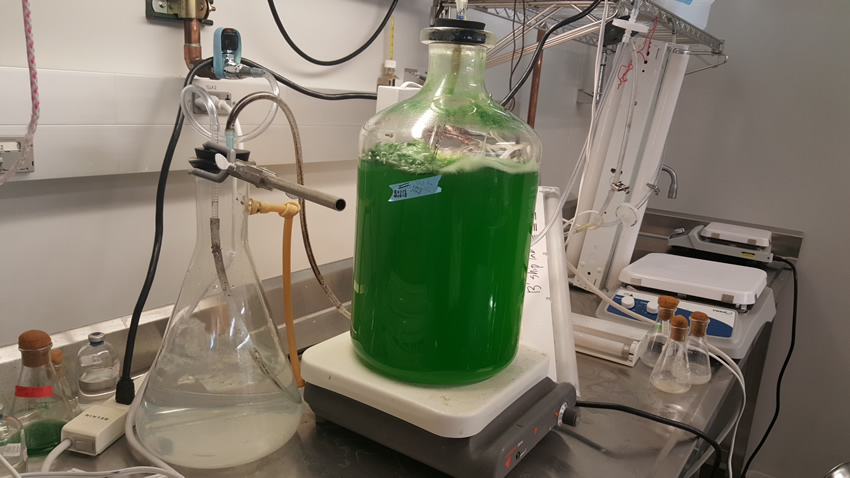
Can Bacteria Be Designed to Create Gasoline?
I’ve heard the term “biofuel” before, and that usually conjures up images of corn fields and ethanol. I recently attended a lecture at Washington University presented by Fuzhong Zhang. The title of the workshop was quite intimidating: “Synthetic Regulatory Systems for Dynamic Metabolic Pathways.” Teachers don’t just spend our summers lazing about at the pool!…
-
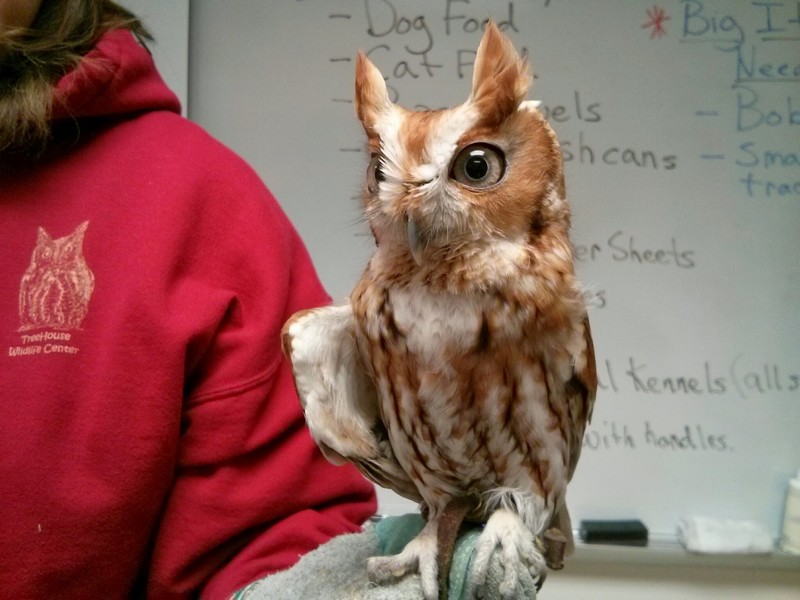
Are Kids Out of Touch with Nature?
My students are suburban raised and have very little experience in the wild. After reading the article, “Give Childhood Back to Children,” I considered that playing outside not only helps kids learn social structures, it also allows them to explore nature.
-
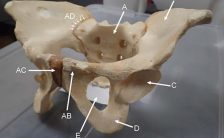
Top 5 Online Quiz Makers
List of apps that can be used to help student learn content. Practice quizzes can be shared across social media or LMS. Best quiz apps include quizziz, quizalize, and quizlet.
-
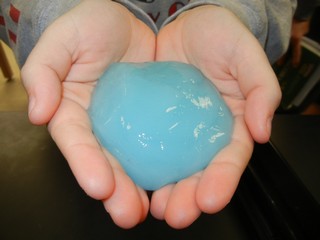
5 Creative Ways to Teach the Cell
Teaching the cell can be fun and engaging for students. Here are five creative ways to help students learn the parts of a cell.
-
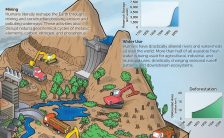
Using Infographics for Projects and Learning
Use infographics in your lessons to help students understand concepts. Students analyze graphics or create their own!
-
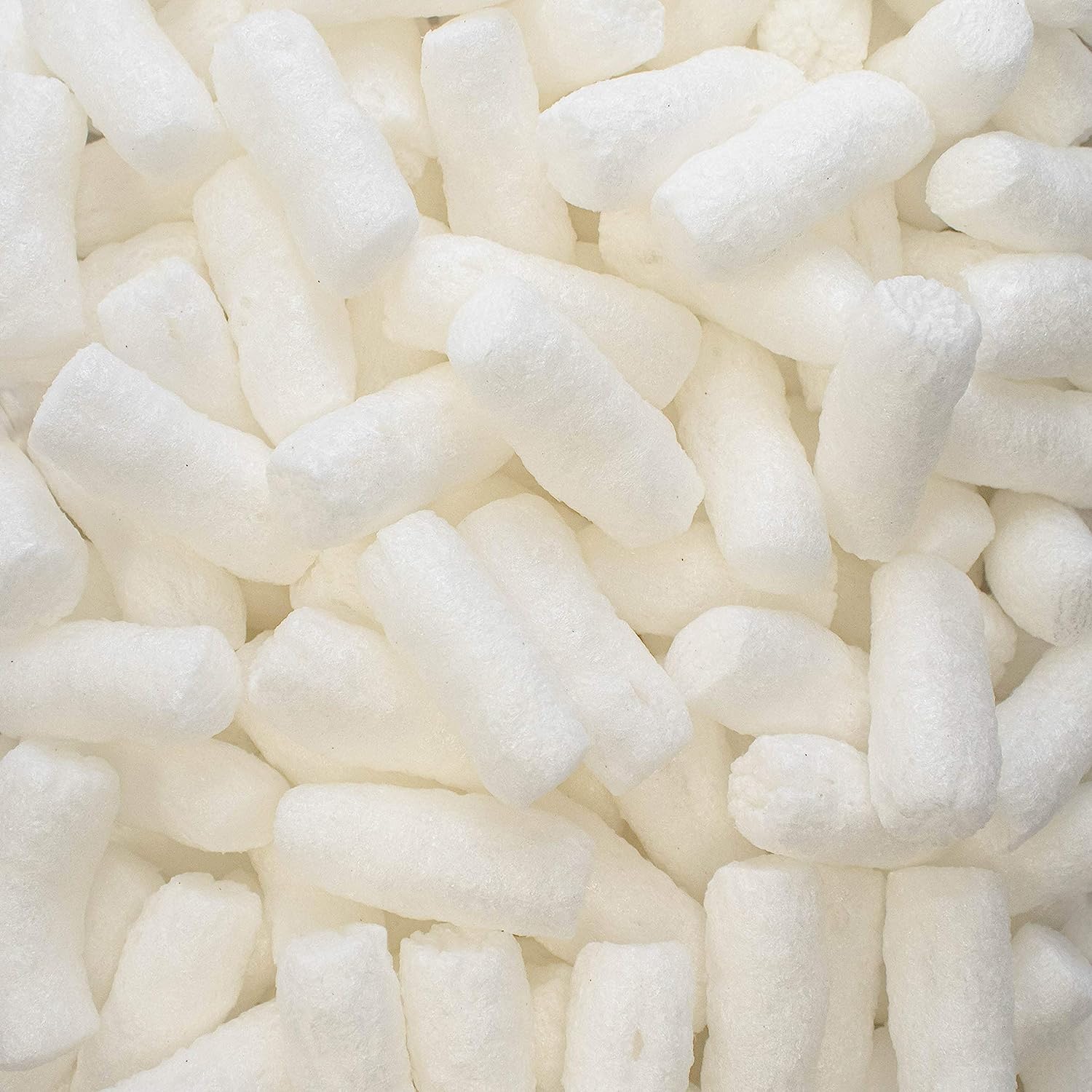
Simple Experiments with Biodegradable Packing Peanuts
Describes what to do with all those packing peanuts you’ve received with your science orders. How about these cheap and simple student experiments!


